I typically enjoy covering the pretty, funny, quirky, and amusing aspects of women’s history. This especially applies to the Victoria era that included so many customs and societal norms that we’ve evolved so far away from today. But as it is coming up on Halloween I thought it might be fun to look at a particularly spooky woman from the Victorian era, Mary Ann Cotton. She was a woman who enjoyed getting creative with arsenic but was less than creative when it came to covering her tracks.
Here is the story of female Victorian serial killer Mary Ann Cotton.
Sorry for the spoiler, but I’ll start the story by letting you know that historians speculate that Mary Ann Cotton killed between 15 and 21 people by poisoning between the years of 1865-1872. Her victims are believed to include:
11 of her 13 children
Her mother
3 of her 4 husbands
1 lover
Her best friend
So, how did she get away with so much murder in such rapid succession? She was a woman who married quickly, became pregnant easily, and was a believable griever. She also lived in a time when certain diseases were still without cures and people were a lot more used to sudden deaths than they are today. Let’s take a look at a timeline of her crimes and adult life. Because her murders were so closely tied to her marriages I will explain each part of the story as it related to each.
Husband #1: William Mowbray
Mary was born Mary Ann Robson in October 1832 (some say on Halloween!) to fairly poor parents. Many people site the fact that her father was killed in a mining accident when she was just eight years old as a pivotal moment from her childhood. When she found that she did not get along with her stepfather she started work as a live-in nanny at just the age of 16. This is what I consider to have been a pivotal moment in her early years as she was charged with the care of X children. Being young and inexperienced, it is quite possible that the position was less than helpful in helping her to develop a deep love or tolerance for children.
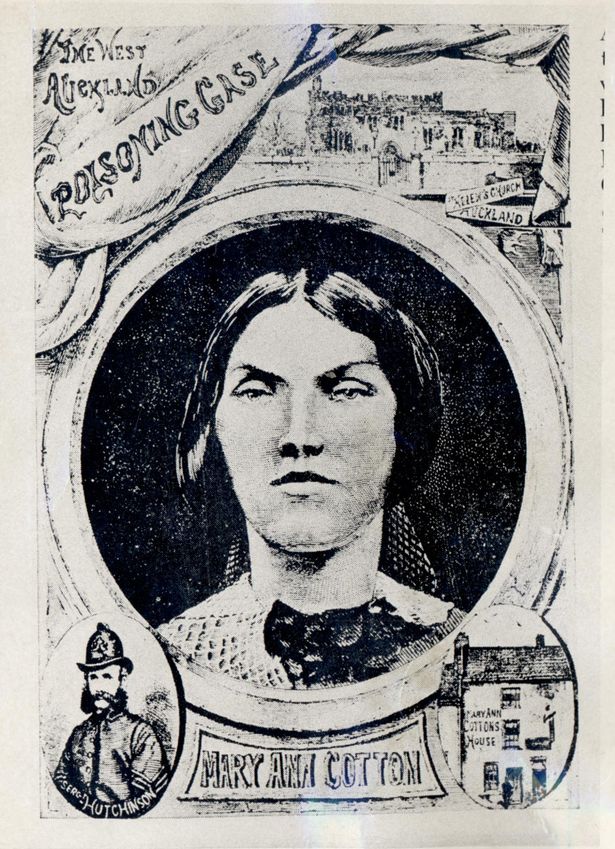
After three years on the job, she married her first husband, a miner by the name of William Mowbray, and became pregnant soon after. It would not be the happy start to a life together that many couples would prefer. Out of their first five children, four passed away as infants to gastric fever. The couple moved north in hopes of what would be one of many of Mary’s fresh starts and had and lost three more children.
Things may have seemed to be looking bright when William was hired on the crew of a steamship, but he too would pass from the deadly gastric fever in 1865. The couple had just two surviving children, a daughter named Isabella and a three-year-old daughter.
After so many deaths in their family, William had taken out a life insurance policy and Mary was able to collect the equivalent of a bit over $3,000 in today’s money. While that may not seem like a lot to us today, it was roughly a half year’s worth of wages, enough for a wife to get her life on track or some wiggle room after losing a husband.
The lover: Joseph Nattrass
After William died Mary and Isabella went to live in Seaham Harbor looking for a fresh start. Shortly after she arrived in the town she met a man by the name of Joseph Nattrass who pursued the pretty young woman without much resistance. The two engaged in an affair that was limited to clandestine meet-ups as Joseph was already engaged. Despite being involved with Mary he was married, though the two would keep in touch for years to come. After Josepth was wed Mary’s three-year-old daughter passed away and she sent Isabella to live with her parents, presumably so that she could pursue work opportunities more freely.
Husband #2: George Ward
Mary ended up in left Sunderland with a position as a nurse at a local hospital. It was in this role that she met patient George Ward. George came to care for Mary Ann while she was nursing him and the two were married in 1865. However, a year after they married George succumbed to his ailments and died of gastric fever, much to the shock of his doctor who believed he was healing.
Husband #3: James Robinson, the one who got away
With the insurance money from George Ward’s policy in hand, Mary Ann answered an advertisement for a nanny for a widower and his five children. The family was that of James Robinson who had recently lost his wife, leaving him grief-stricken and his four children without a caregiver.
Tragedy would continue to strike the family. Shortly after moving into the family home the youngest child, a baby became ill and died. Beside himself, George turned to Mary Ann for comfort and she became pregnant as a result.
Then came a major plot twist. Though Mary Ann planned to continue the relationship with James, she received word that her mother (still caring for Isabella) was deathly ill. Mary Ann left town and went to look after her. Mary’s mother was suffering from what was believed to be hepatitis and needed more attention than Isabella or her husband, a pub owner, could give her. Mary stepped in, but it was no use. A week after Mary arrived her mother passed away.
Unable to leave Isabella with her stepfather, the two returned to James’ home. Just as Isabella was starting to adjust to her new family, the same illness that seemed to follow her around hit Mary’s household once again. In 1867 Isabella and two more of James’ children passed, leaving just one surviving son.
By this time Mary Ann was about to give birth. She and James were married in advance of the big day. Perhaps James hoped this would be a bright spot in the face of all the tragedy he had been victim to, but he was wrong. Within months of the baby being born James began to notice that money was missing from his accounts along with items from the home. It was not difficult to pin the blame on Mary and she would discover that James had a pretty strict ‘one strike you’re out’ policy when it came to such things. He kept his son and kicked Mary Ann out of the home seemingly without a second thought.
The baby, a son, died just months after being born.
Husband #4: Frederick Cotton
Absolutely destitute, Mary Ann turned to an old friend, Margaret Cotton. At the time, Margaret was living with her brother, Frederick. The brother was a widower with two sons. This arrangement too was not meant to be. Margaret and one of the sons became ill weeks after Mary moved in with the family and neither survived.
Mary now had another man seeking comfort in his loss and she and Frederick were married. The marriage was an illegal one as Mary was still married to James Robinson.
As it turns out, the small family lived in the same town as Mary Ann’s former lover Joseph Nattrass and it was not long before the two picked up where they left off. This time something was different, however. Joseph had lost his wife and was single. It is believed that although married, the two were engaged in a sexual relationship and that Mary became pregnant with his child.
The couple would not have to grapple with what to do for long. Frederick became deathly ill with fever only months into the marriage and passed, leaving his son, and the insurance money, with Mary.
Mary finally get caught
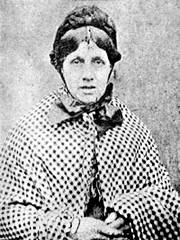
This is where Mary began to make decisions that led to her quick demise. Left with the responsibility of raising Frederick’s son, she sought to have him taken into a workhouse, an effort that was seen as highly unusual by those around her as it was not seen as a safe or necessary place to send a child who had someone to look after him. When she was turned away Mary, overly emboldened by this time, made an off-hand comment that the boy would probably end up dying soon anyhow, which is exactly what happened.
Around the exact same time, Joseph Mattress also died of gastric fever and the town began to talk. And as it turned out, one of the doctors who had cared for Charles had had the presence of mind to save some samples that tested positive for arsenic. Mary was arrested, but the trial had to be put off for months due to her being pregnant.
But no delay could protect Mary from what was to come. At her trial witnesses came forward to give testimony of her arsenic purchases. The amount of arsenic found in Charles’ stomach meant that he could not have inhaled the poison but would have had to ingest a significant amount. The trail of deaths due to various gastric illnesses was allowed to be discussed in court, and the serial killer was easily convicted.
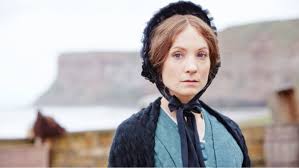
Would you like a closer look at the story of Mary Ann Cotton? Although I was familiar with her story before writing this post, I was not familiar with the 2017 BBC miniseries made about her life, Dark Angel. Our readers will be interested to know that it stars Joanne Froggatt who played fan-favorite Anna Bates in Downton Abby. It is available on Amazon Prime and I am two episodes in. So far, highly recommended as some Halloween viewing.
I hope you enjoyed this spooky women’s history edition!

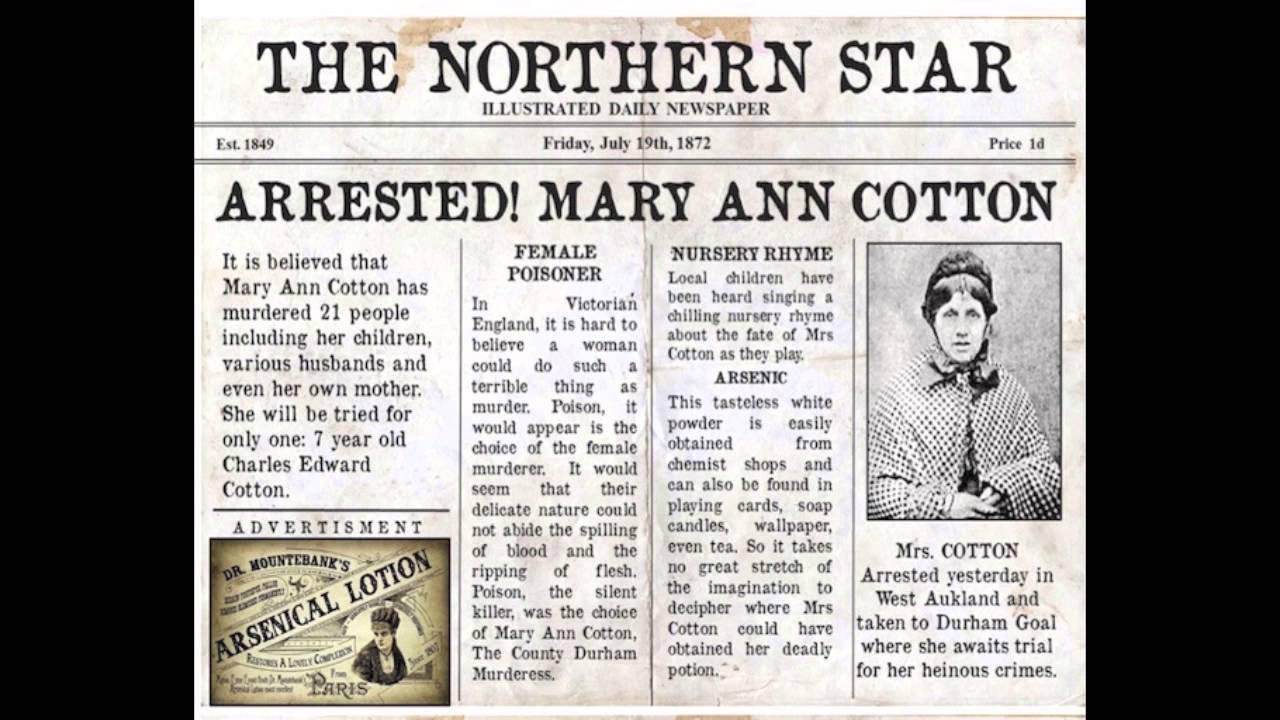






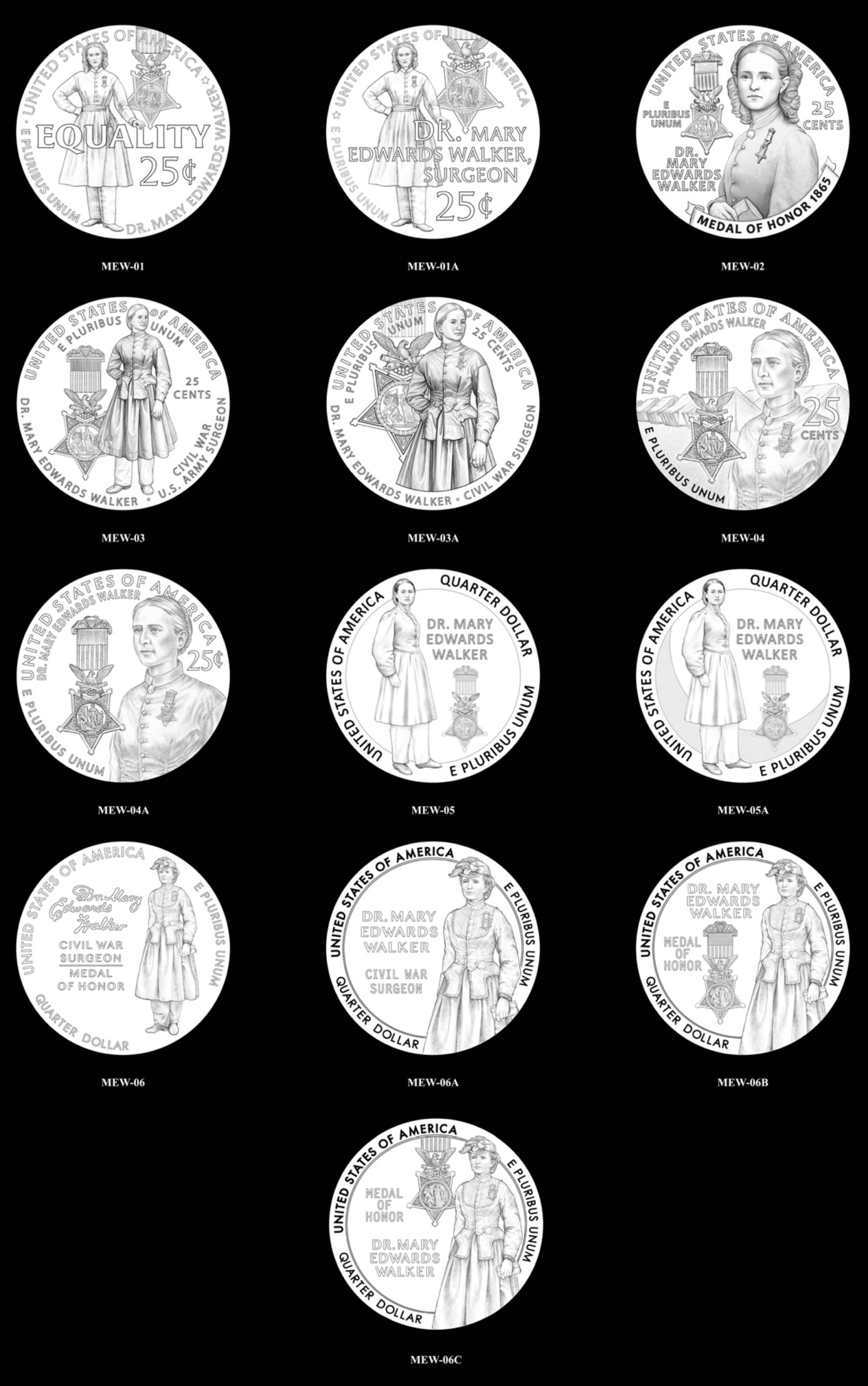
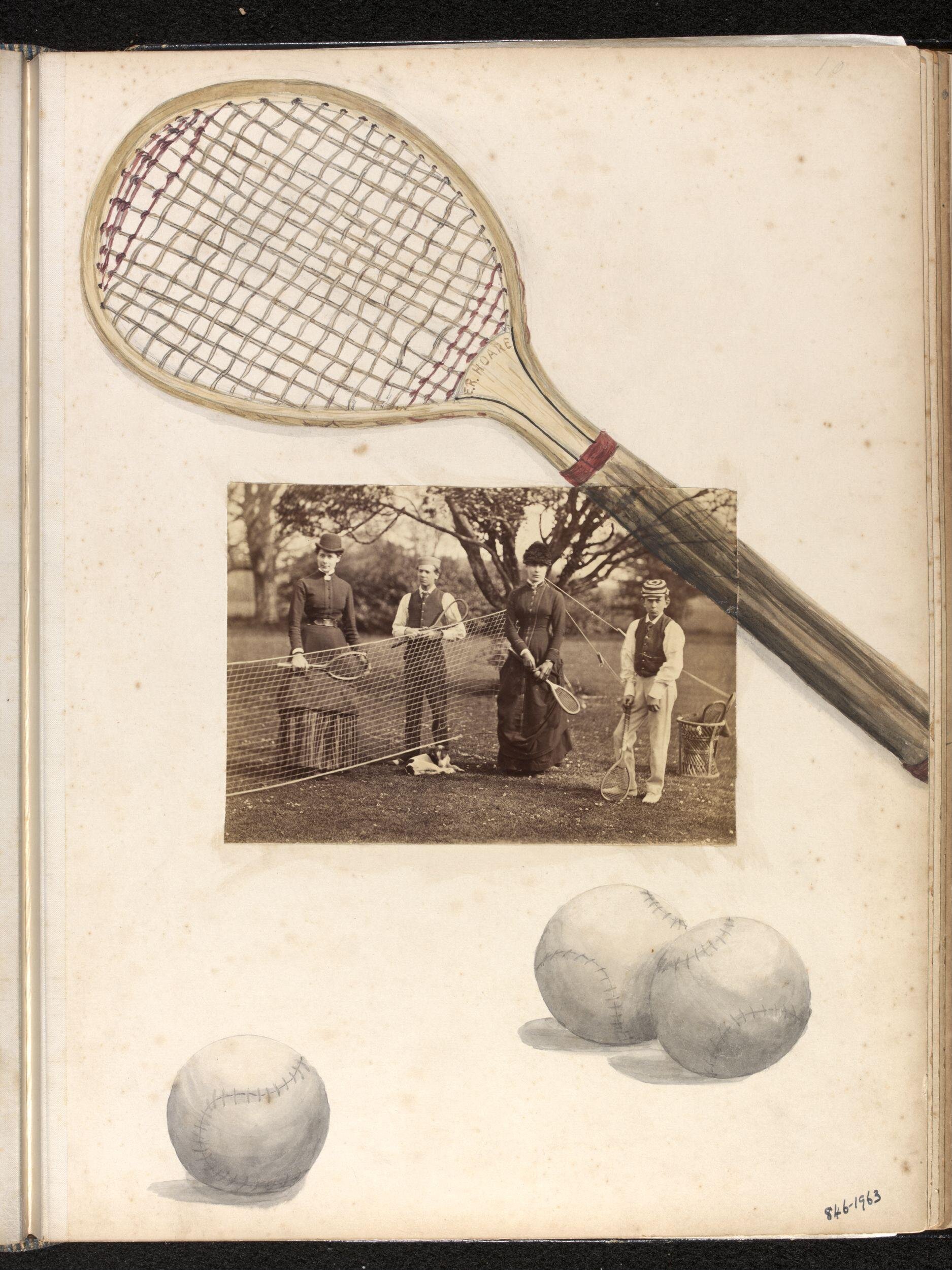
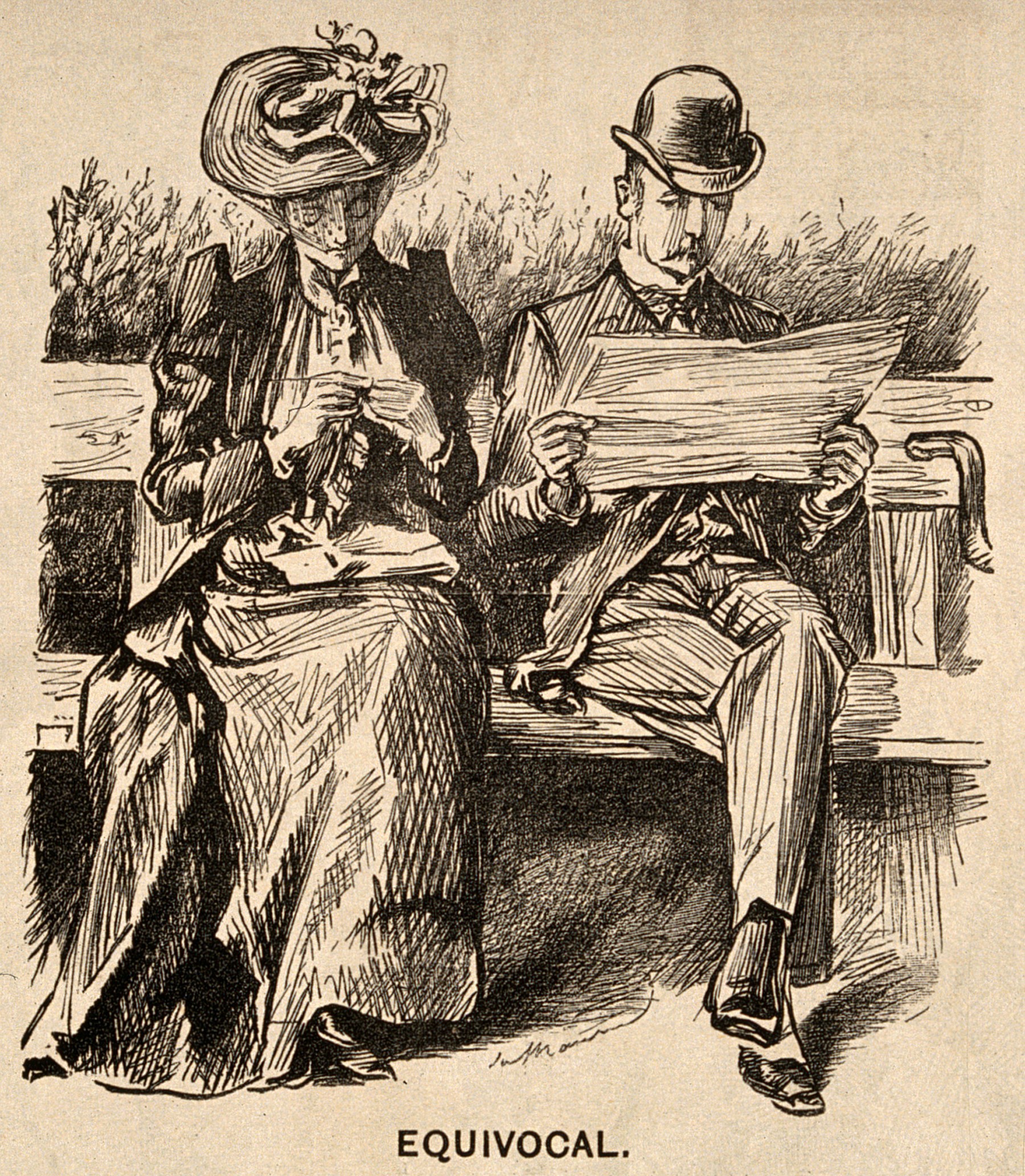
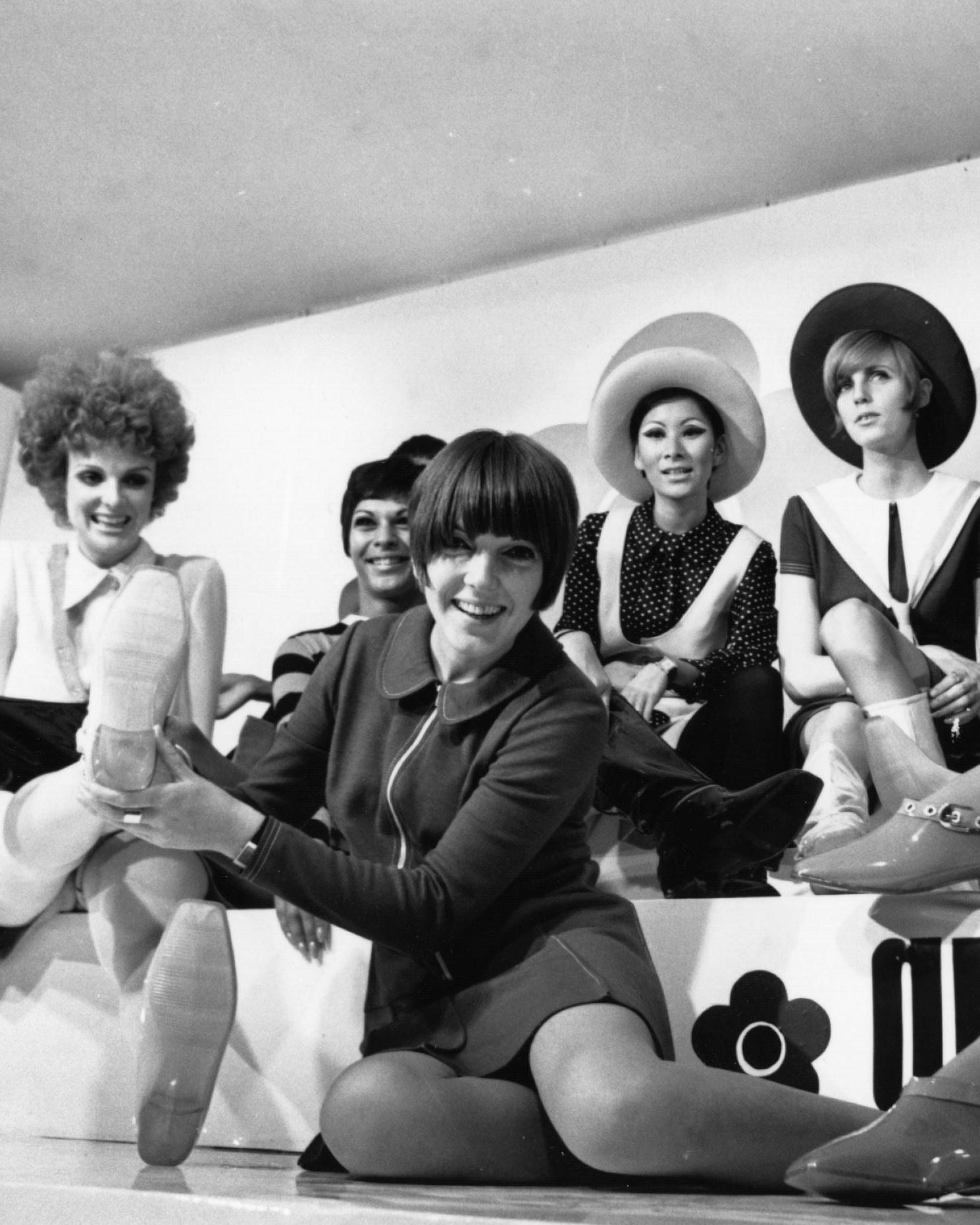
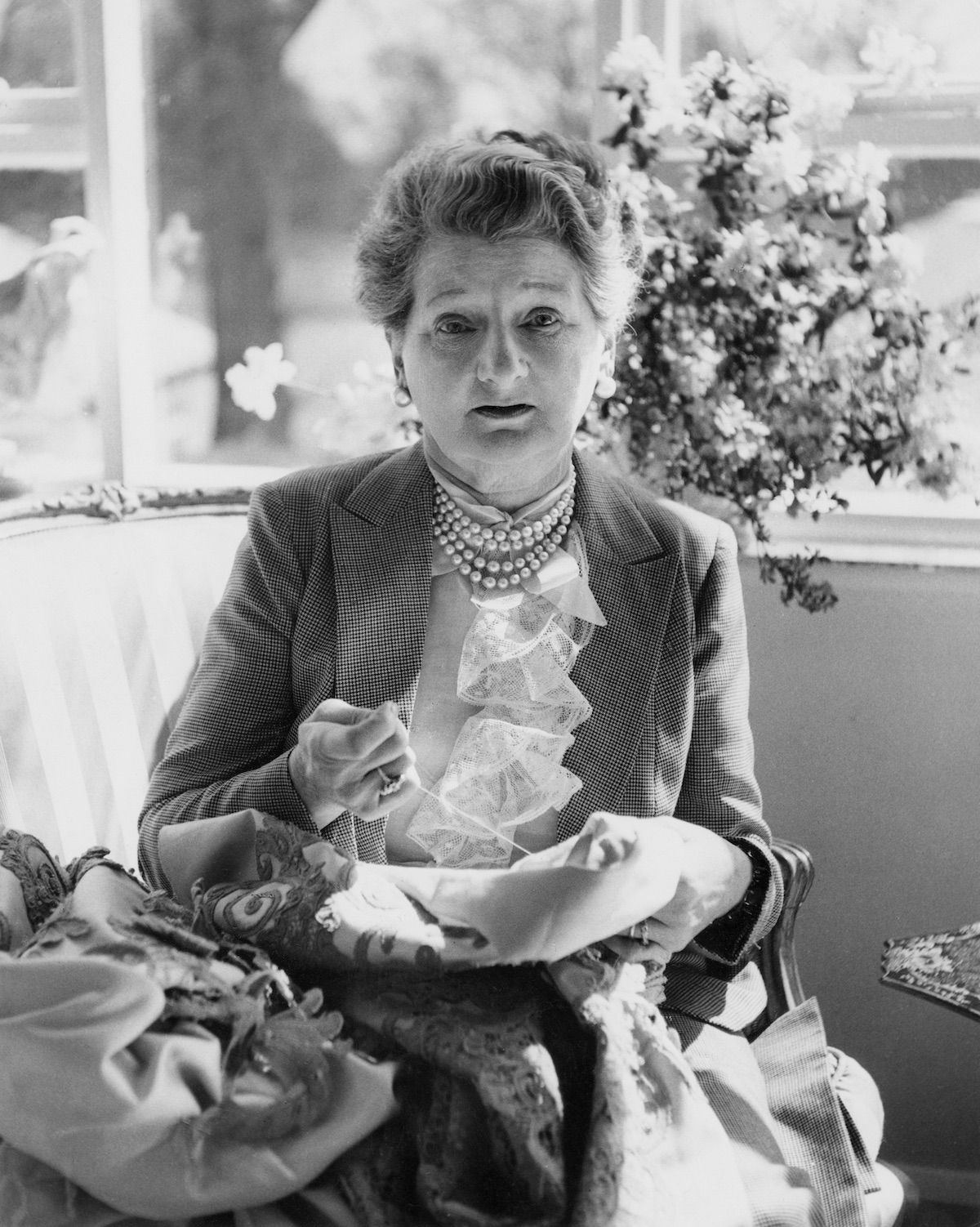

Leave A Comment